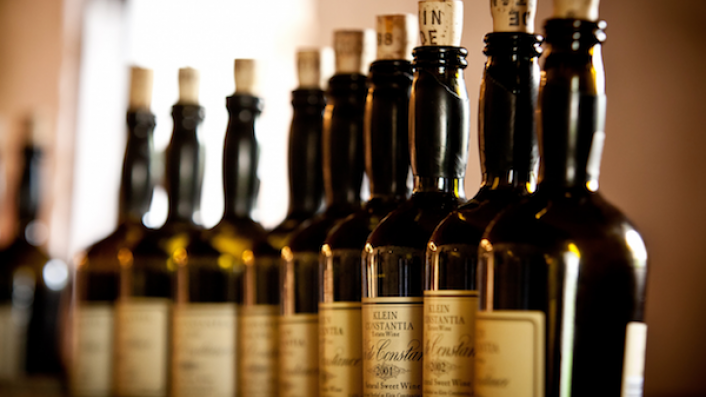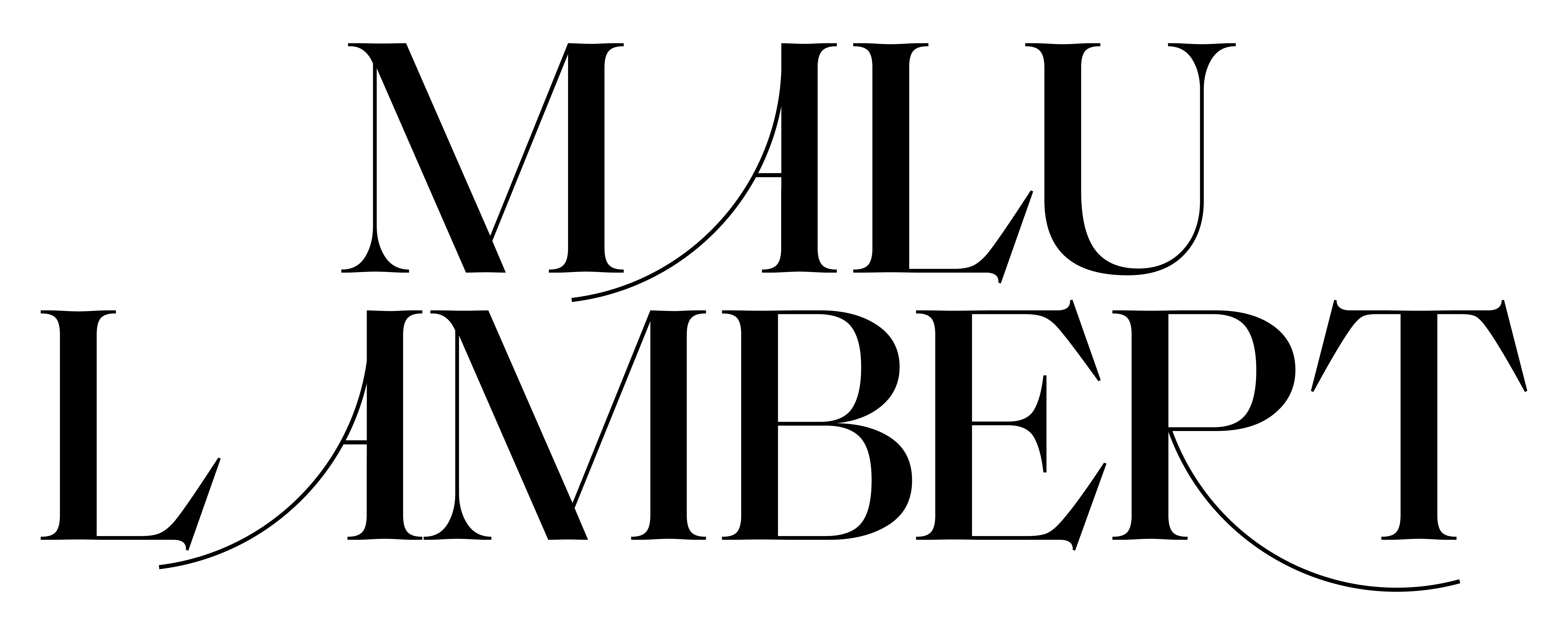2.
A love letter to South African Wine
This article originally appeared on Michael Fridjhon’s winewizard.co.za ︎︎︎
We’re in crisis. We know this. The number of jobs that are at stake in the wine industry could be calculated to the size of a small dystopian city. Nowhere I would ever want to visit. Though it’s not just about livelihoods, our very wine culture itself hangs in the balance. But this isn’t a piece about loss; instead, it’s one about love.
South Africa is making the best wines it ever has—and what a privilege it has been for me to grow up with these wines. I often get the asked the question – ‘what was the wine that lit the flame?’ For me it wasn’t one, there have been many wines that have had an impact on me, whether emotional or cerebral, South African wine is as a part of me as the blood in my veins (and often the two do mix).
![]()
Let’s start with my birthday wine, Vin de Constance. When I was a cash-strapped student nice things like a bottle of South Africa’s most famous wine was completely out of my reach. My then-boyfriend (now husband) made it his mission to ensure that every birthday I got a bottle of the precious liquid (this tradition went on for a few years). I savoured every sip; I adored the misshapen bottle weighty with history, which upon being empty would become a holder for flowers.
South Africa is making the best wines it ever has—and what a privilege it has been for me to grow up with these wines. I often get the asked the question – ‘what was the wine that lit the flame?’ For me it wasn’t one, there have been many wines that have had an impact on me, whether emotional or cerebral, South African wine is as a part of me as the blood in my veins (and often the two do mix).

Let’s start with my birthday wine, Vin de Constance. When I was a cash-strapped student nice things like a bottle of South Africa’s most famous wine was completely out of my reach. My then-boyfriend (now husband) made it his mission to ensure that every birthday I got a bottle of the precious liquid (this tradition went on for a few years). I savoured every sip; I adored the misshapen bottle weighty with history, which upon being empty would become a holder for flowers.
I guess in a way VdC taught me to dream, to reach beyond my current circumstances. Fast-forward many years later, and I found myself in London at the Institute of Masters of Wine, where Klein Constantia’s winemaker Matthew Day presented a four-decade vertical of VdC. The oldest in the line-up was a 1987, the colour of toffee and sweet dreams realised. I wish I could go back and tell that student holding on to every sip that these were the kinds of experiences that awaited her.
The most immediate emotional response I’ve ever had to a wine was the Huilkrans Chenin Blanc 2017; even thinking about it now gives me goosebumps. This wine helped me understand the concept of luminosity. Pure crystalline fruit with an electric acidity described its place of origin as if it had taken a photograph: old vines in the Skurfberg on an isolated mountainous outpost that has a cliff that weeps when it rains.
Speaking of place, the most unique wine I’ve ever tasted – both local and international – is the Bamboes Bay Sauvignon Blanc (2016), which is grown and vinified by the sea. So distinct is this wine that I have no problems identifying it in a blind tasting. Bamboes Bay (kelp bay) is the smallest Wine of Origin in South Africa, located 500m from the ocean; the vineyard pummelled by salty breezes. The cellar is also located ocean-side on a jetty, and through the winemaking process, the sea continues to influence. Not much can beat sitting on that jetty with a plate of oysters and a glass of the Bamboes Bay—tasting of fresh seaweed, steel and the umami of kelp—while watching the waves crash and roll.
The most immediate emotional response I’ve ever had to a wine was the Huilkrans Chenin Blanc 2017; even thinking about it now gives me goosebumps. This wine helped me understand the concept of luminosity. Pure crystalline fruit with an electric acidity described its place of origin as if it had taken a photograph: old vines in the Skurfberg on an isolated mountainous outpost that has a cliff that weeps when it rains.
Speaking of place, the most unique wine I’ve ever tasted – both local and international – is the Bamboes Bay Sauvignon Blanc (2016), which is grown and vinified by the sea. So distinct is this wine that I have no problems identifying it in a blind tasting. Bamboes Bay (kelp bay) is the smallest Wine of Origin in South Africa, located 500m from the ocean; the vineyard pummelled by salty breezes. The cellar is also located ocean-side on a jetty, and through the winemaking process, the sea continues to influence. Not much can beat sitting on that jetty with a plate of oysters and a glass of the Bamboes Bay—tasting of fresh seaweed, steel and the umami of kelp—while watching the waves crash and roll.

Then there are wines that send me into obsessions. The first of these was the Daschbosch Avon Clairette Blanche 2018.
I was so enchanted by the grape: earthy yet ethereal, like the memory of a favourite perfume. After tasting it I had to track down every single-varietal bottling of clairette made in the Cape, after which I wrote a story for Jancis Robinson (which won me a rather nice prize!). Wine once again was an engine of positivity for my life.
The next infatuation, which I’m still pretty deep in, is that rare Cape treasure—semillon gris or rooi-groen to the locals. The wine that sent me down the rabbit hole was the Boekenhoutskloof Semillon 2017. A blend of 85% Semillon Blanc & 12% Semillon Gris & 3% Muscat de Alexandria. Aromas of white citrus and honeysuckle, white peach and lemony beeswax, with a savoury edge of woolly lanolin. The palate is densely woven and smooth, gingered with bright lemon flesh and lime oil, layered with flavours of just-ripe pear and roasted nuts. And yes I have tracked down every single-varietal bottling of gris as well as the blends—this time was for a story in Decanter.
Then there are two reds recently that have made an impression on me—both these wines, in my opinion, chart the way forward for modern South African winemaking. Wines that have finesse, elegance and age-worthiness.
Lukas van Loggerenberg’s ‘Breton’ Cabernet Franc 2018 shows that you can have a light touch without sacrificing depth and concentration. He incorporates whole bunch fermentation and old oak maturation for a fresher, more elegant style of cab franc.
And finally the Scions of Sinai Swanesang 2019, for me this wine is an illustration of heritage brought back to life. Made from the last standing bush vines of syrah in the Helderberg. It’s a pure, thrilling, fine-boned expression of syrah; and like all the wines in the range, rooted in history and heart.
And while our wine industry is in great peril, filled with fear, tension and heartbreak. I refuse to visit the city of loss. Why would I? When I’ve built and will continue to build, a palace of South African wine in my own mind, a place of untold riches. ︎
Lukas van Loggerenberg’s ‘Breton’ Cabernet Franc 2018 shows that you can have a light touch without sacrificing depth and concentration. He incorporates whole bunch fermentation and old oak maturation for a fresher, more elegant style of cab franc.
And finally the Scions of Sinai Swanesang 2019, for me this wine is an illustration of heritage brought back to life. Made from the last standing bush vines of syrah in the Helderberg. It’s a pure, thrilling, fine-boned expression of syrah; and like all the wines in the range, rooted in history and heart.
And while our wine industry is in great peril, filled with fear, tension and heartbreak. I refuse to visit the city of loss. Why would I? When I’ve built and will continue to build, a palace of South African wine in my own mind, a place of untold riches. ︎

